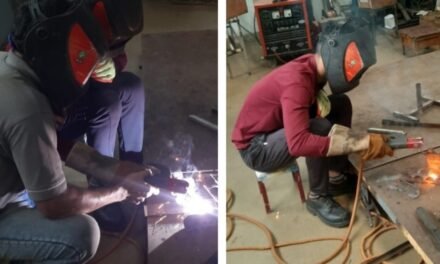The Art and Science of Brick Construction
IntroductionBrick construction is one of the oldest building methods known to humanity. Its durability, aesthetic appeal, and energy efficiency make it a popular choice in modern architecture. In this blog, we’ll explore the advantages of brick, the construction process, and tips for successful brick projects.The Advantages of Brick
1. Durability and LongevityBricks are known for their strength and resilience. They can withstand harsh weather conditions, resist fire, and have a lifespan that often exceeds 100 years. This longevity makes them a cost-effective option in the long run.
2. Energy EfficiencyBrick walls provide excellent thermal mass, meaning they can absorb, store, and release heat. This helps maintain a stable indoor temperature, reducing the need for heating and cooling systems and lowering energy bills.
3. Aesthetic VersatilityAvailable in various colors, textures, and sizes, bricks can complement any architectural style. From traditional to modern designs, brick adds character and warmth to buildings.
4. Low MaintenanceBricks require minimal maintenance compared to other building materials. They don’t rot, are pest-resistant, and typically only need occasional cleaning. The Brick Construction Process.
1. Planning and DesignBefore construction begins, a comprehensive plan should be developed, including architectural drawings and structural assessments. This phase also involves selecting the right type of bricks based on the desired aesthetic and structural requirements.
2. FoundationA strong foundation is crucial for brick structures. Excavation and pouring of concrete footings provide a solid base to support the weight of the brickwork.
3. Laying the BricksBricks are typically laid in a mortar bed. Various patterns, such as running bond or herringbone, can be employed to achieve different visual effects. Precision is key; bricks must be level and aligned to ensure structural integrity.
4. Mortar ApplicationMortar acts as the glue holding bricks together. It’s essential to choose the right mortar type for the specific brick and environmental conditions to ensure durability and adhesion.
5. Curing and FinishingAfter laying the bricks, the mortar needs time to cure, which can take several days. Once cured, finishing touches, such as cleaning the brick surfaces and sealing joints, can enhance appearance and longevity.## Tips for Successful Brick Projects###
1. Quality MaterialsAlways invest in high-quality bricks and mortar to ensure the longevity and durability of the structure.###
2. Skilled LaborHiring experienced masons is crucial for achieving a professional finish. Skilled labor ensures proper techniques are used for strength and aesthetics.###
3. Regular MaintenanceWhile brick structures are low-maintenance, periodic inspections for cracks or damage can help prolong their life.###
4. Sustainable PracticesConsider using recycled or locally sourced bricks to reduce the environmental impact of your construction project.## ConclusionBrick construction is not just about building; it’s about creating lasting structures that blend functionality and beauty. With careful planning, skilled craftsmanship, and a commitment to quality, brick can be a sustainable and attractive choice for any project. Whether you’re constructing a home, a commercial building, or a decorative feature, embracing the art of brick construction can yield timeless results.




